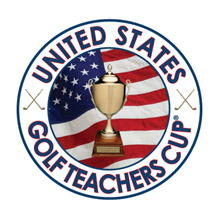Blog
USGTF COMPETITION NEWS
EDITORIAL – FINAL WORD ON TIGER WOODS’ MASTERS RULES VIOLATION
“PRO” FILES…FEATURED TOURING PROFESSIONAL – LEE TREVINO
TEACHING CORPORATE GOLF
For the past 10 years, I’ve been asking my #1 golf rep and consultant for a sand wedge especially for high handicaps and beginning golfers. Readmore






